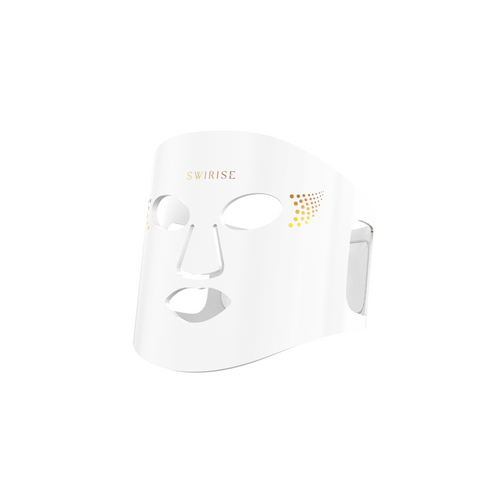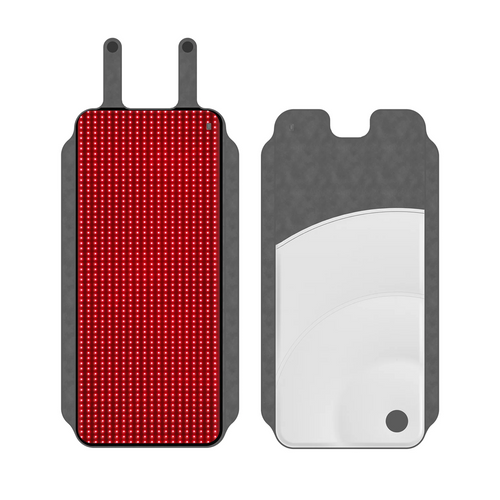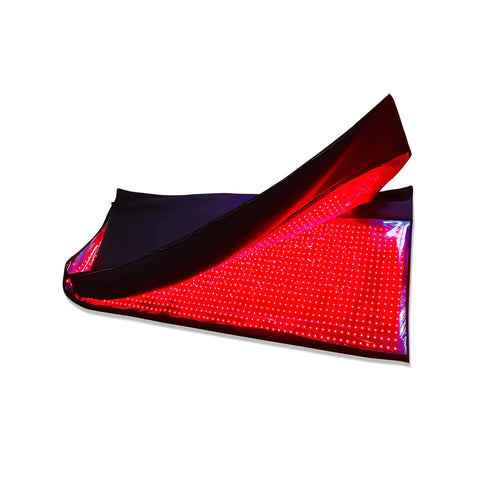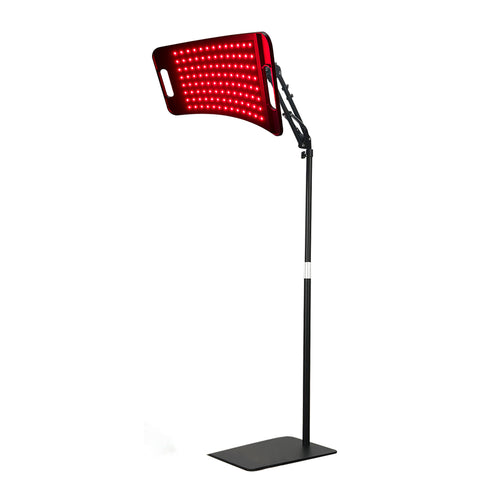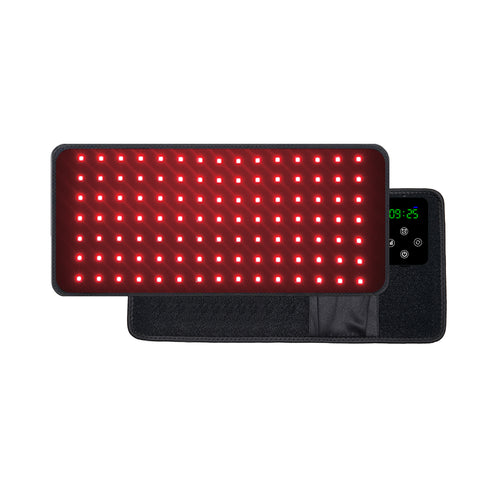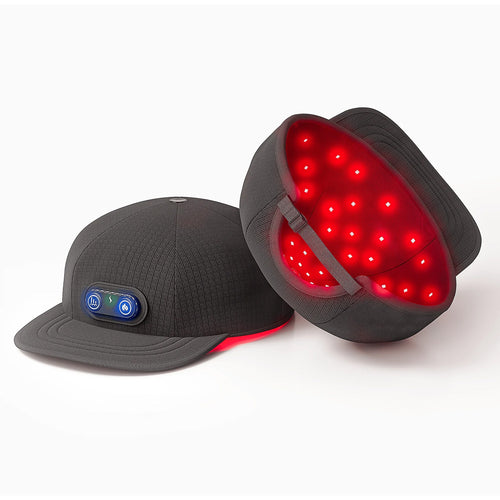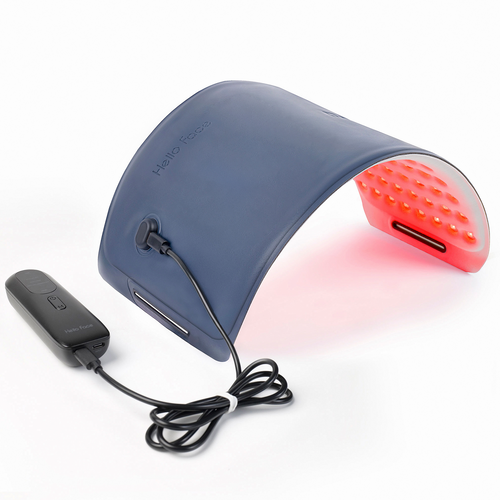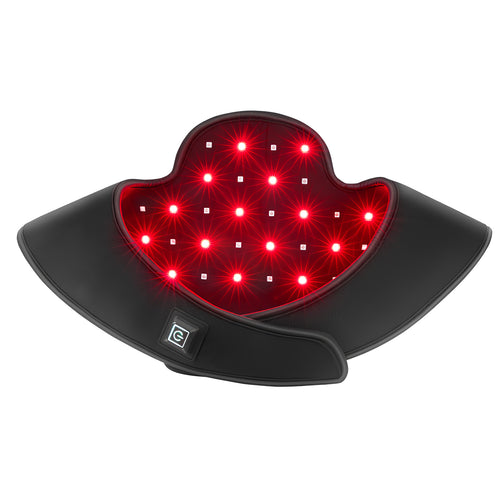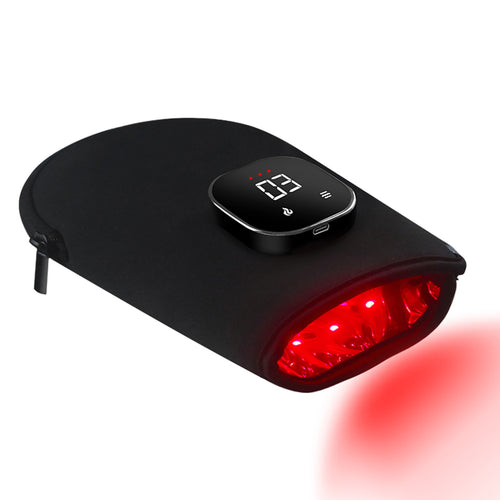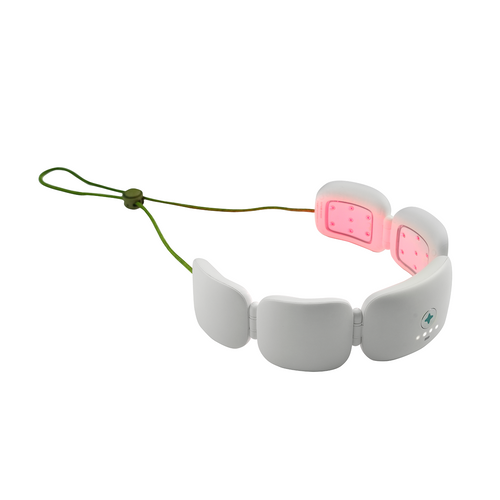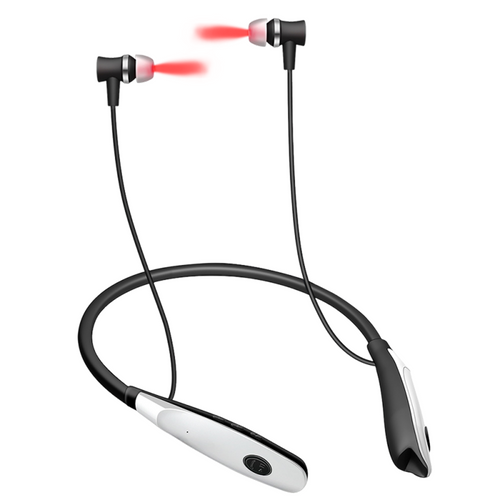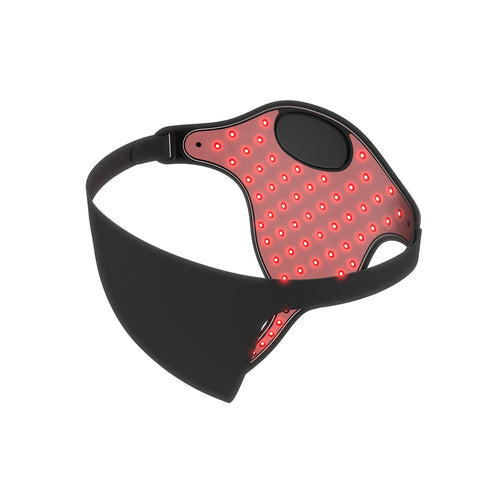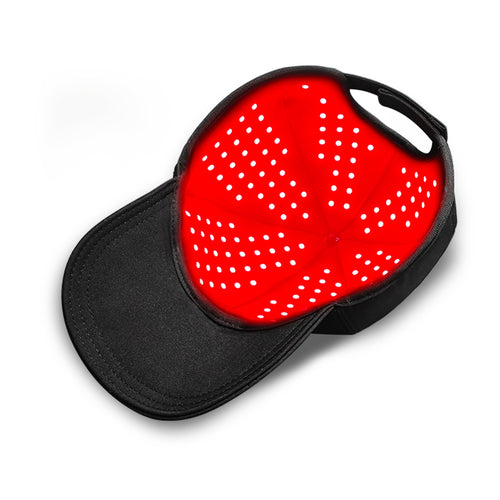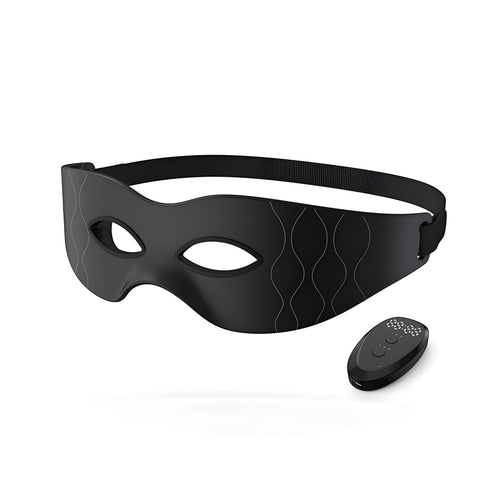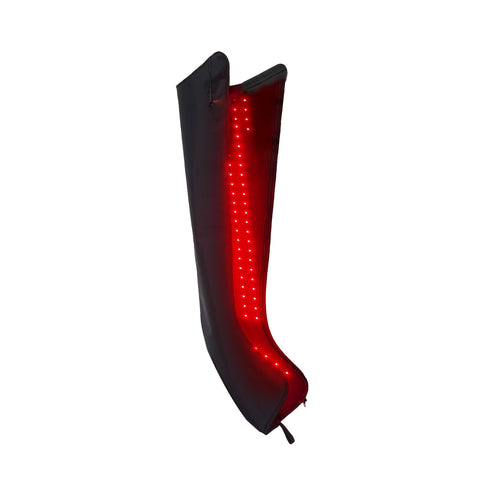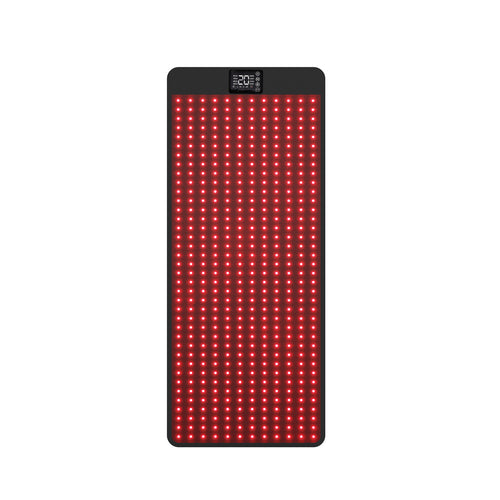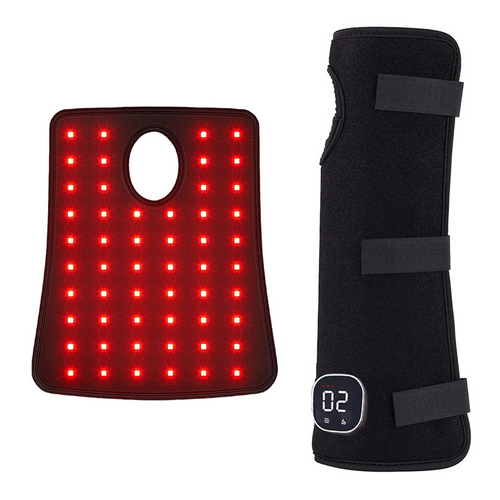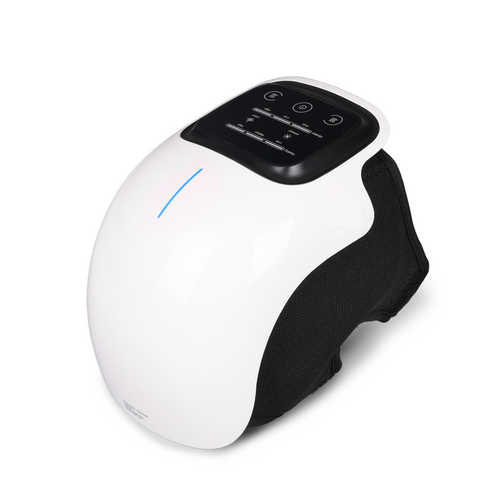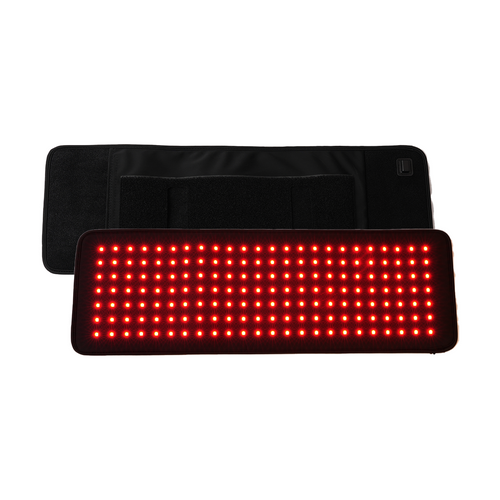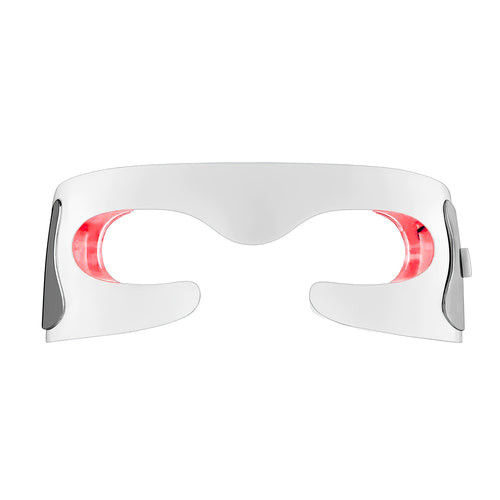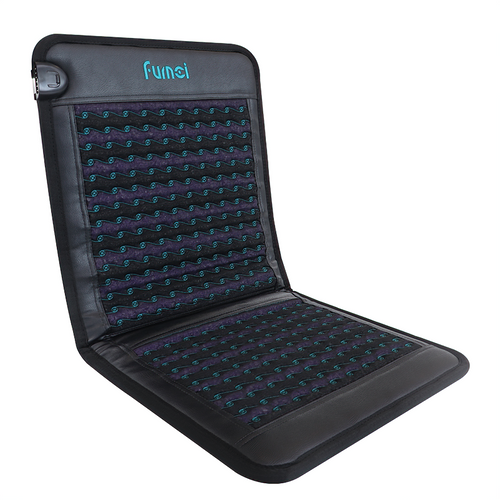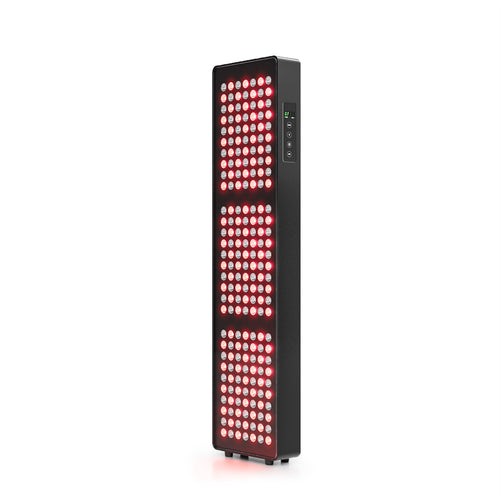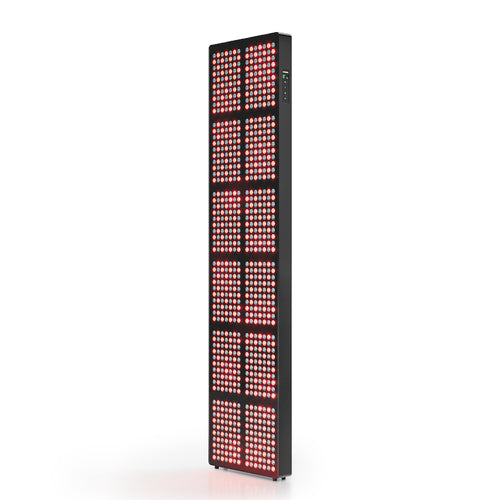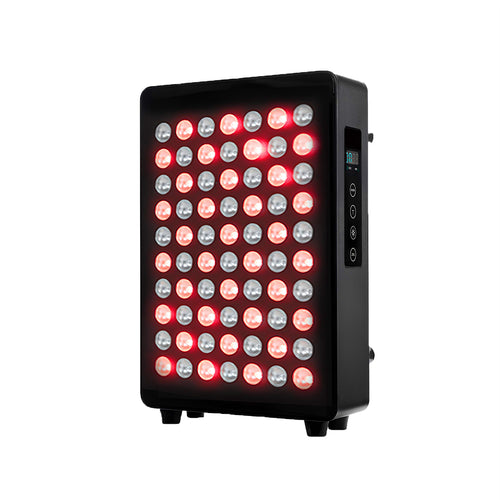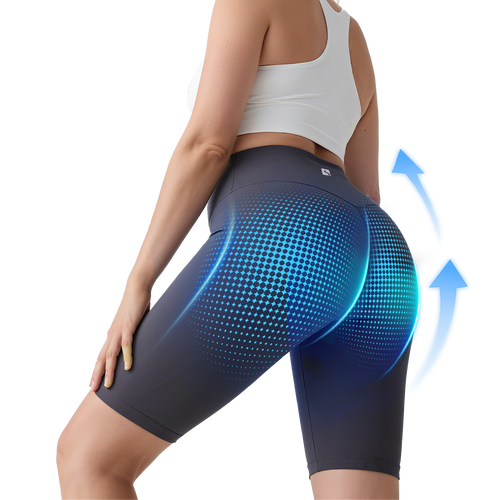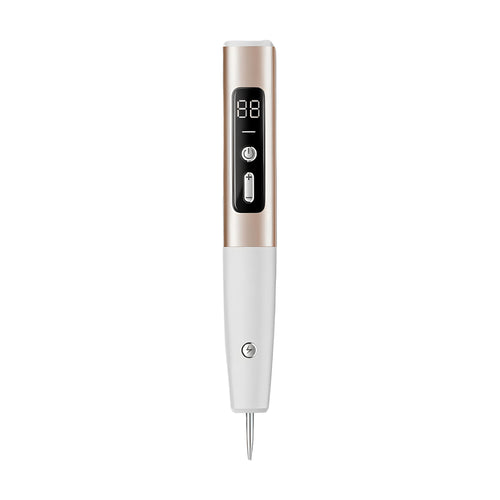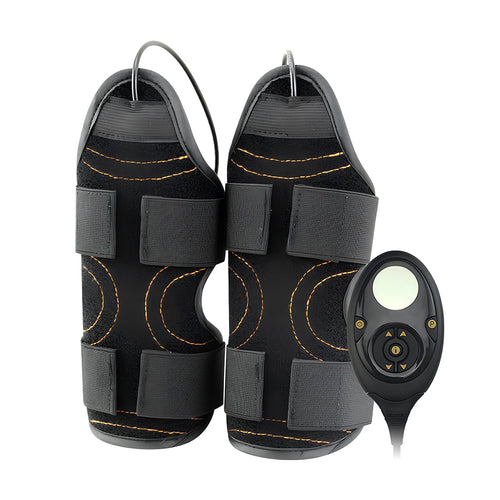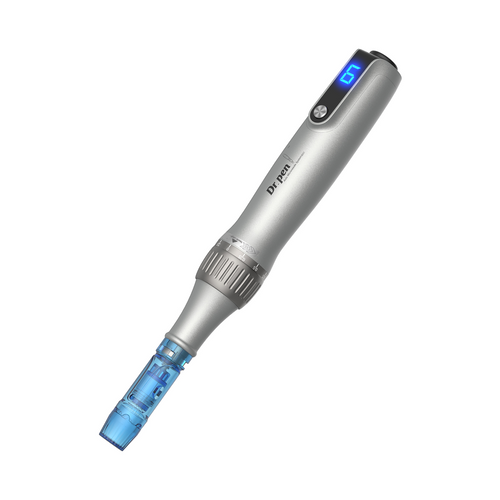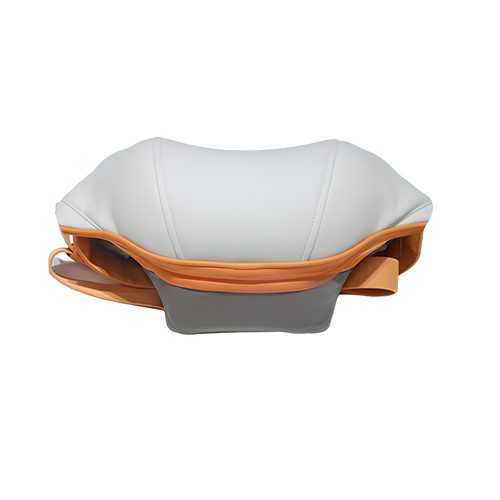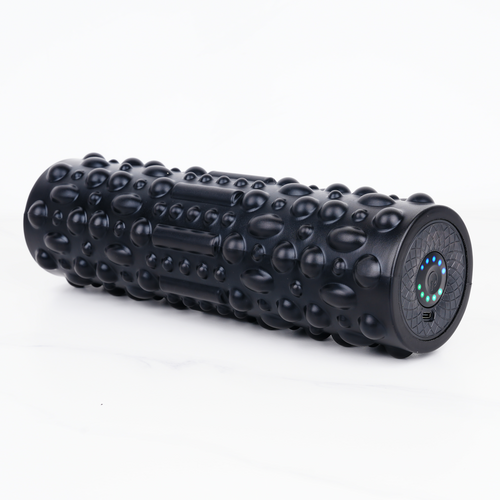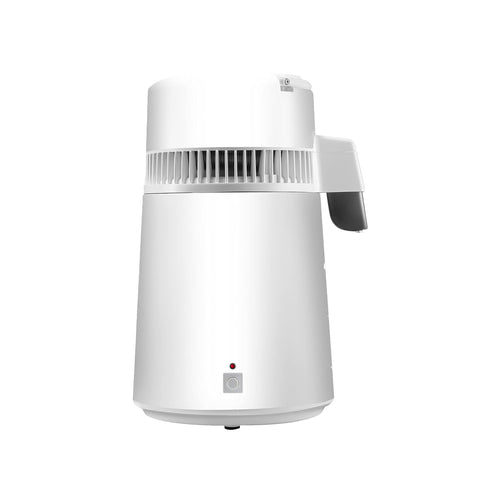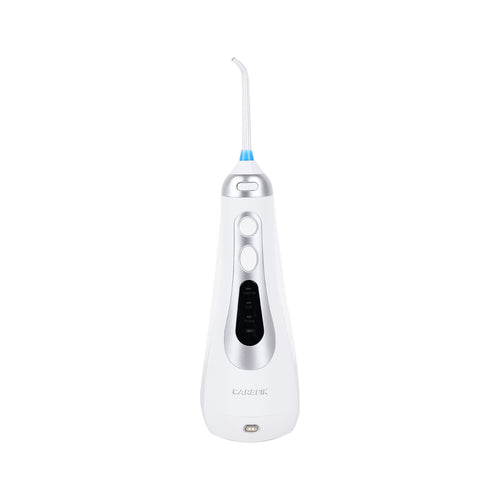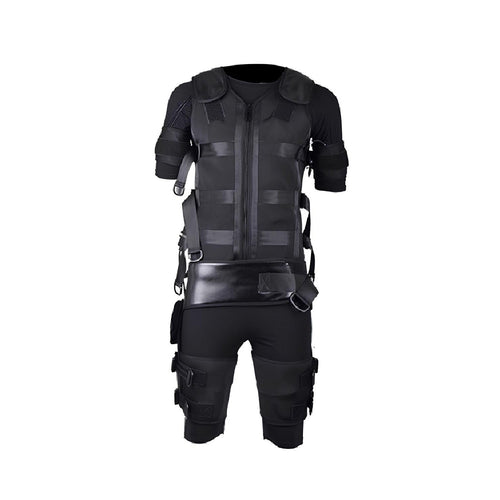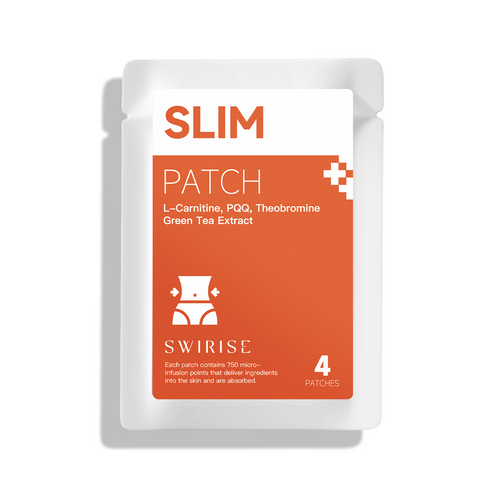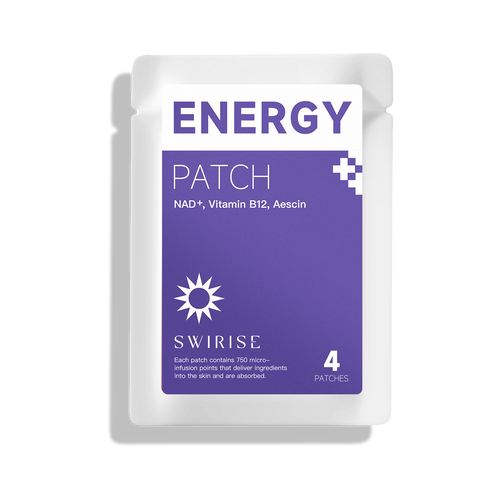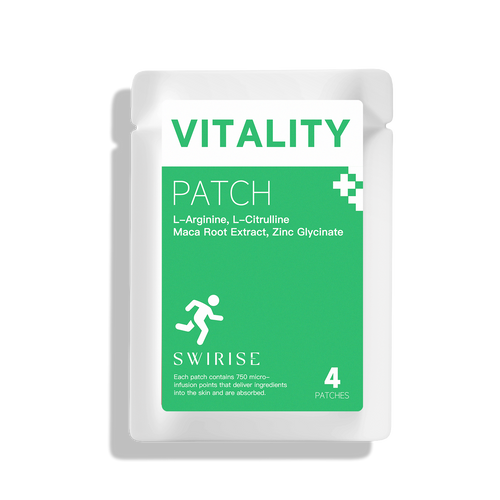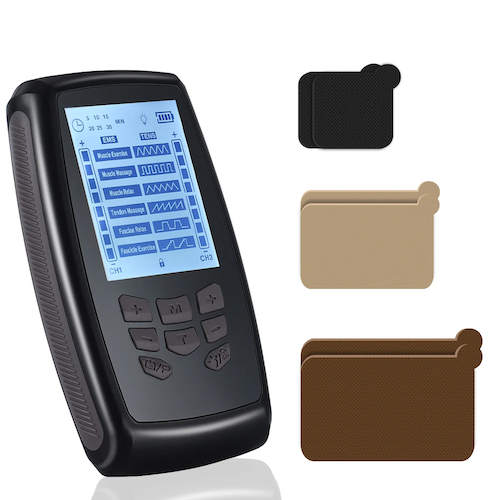
How Cristiano Ronaldo Uses an EMS Muscle Stimulator to Stay Match-Ready
JustinLinCristiano Ronaldo is famous for his work ethic, impeccable diet, and a training routine that makes peak athleticism look almost routine. But beyond sprints, weights, and strict meal plans, there’s a smaller piece of tech that Ronaldo has repeatedly shown on social media: the EMS muscle stimulator — a compact, wearable device that sends electrical pulses to contract muscles. He’s openly used and promoted the kit, describing it as a supplement to his daily training.
A quiet social moment that sparked interest
Fans first noticed the pattern not in flashy endorsements but in casual snapshots: short clips or photos of Ronaldo using a small pad or wearable after training or before travel. The images weren’t sales posts — they looked like routine maintenance. That mattered because it showed the device as part of a daily habit, not a one-off trick. For readers, the real question becomes: if an elite athlete uses it as a daily tool, how might a regular person fold it into their own routine?
Why it matters — the champion’s mindset
Ronaldo optimizes everything. He keeps what works and discards the rest. A device that wins a place in his toolkit isn’t a miracle; it’s a convenience and consistency play. For pros, small, repeatable actions add up over seasons. For you, that translates to: if the device helps maintain activation and reduce downtime, it can be valuable as a steady, low-effort supplement to regular training.
What an EMS muscle stimulator actually does?
In plain terms, an EMS muscle stimulator uses skin-surface electrodes to send electrical pulses that cause muscles to contract. It’s portable and usually adjustable in intensity and program. Unlike clinic-only, high-intensity machines, consumer EMS stimulators are designed for targeted activation and maintenance — good for waking up specific muscles, aiding circulation, and keeping tone during travel or light-recovery days.
How Ronaldo used it
Based on public cues, Ronaldo’s use looks pragmatic and repeatable rather than extravagant:
- Pre-activation: brief sessions to “wake up” the core or a specific muscle group before heavier work.
- Post-activity maintenance: short, low-intensity sessions to ease stiffness after a match or long travel.
- Travel-friendly doses: lightweight pads allow consistent stimulus even on the road.
- Short duration: sessions that fit into tight schedules — typically 10–20 minutes per area.
These patterns are easy to copy and don’t require changing your main training plan.
How to Choose an EMS Muscle Stimulator — What to Look For
Not all EMS devices are created equal. When choosing one, keep these factors in mind:
- Define your goals. Are you aiming for muscle recovery, pain relief, toning, or full-body conditioning? Different devices specialize in different outcomes.
- Modes & adjustability. Multiple programs and intensity levels give you flexibility as your needs change.
- Coverage & design. Decide whether you want a compact pad for targeted use, wearable shorts for lower-body focus, or a full suit for all-in-one training.
- Ease of use. Portable, simple-to-set-up devices make it easier to stay consistent at home, in the gym, or while traveling.
- Safety & credibility. Look for FDA/CE clearance and clear medical guidance to ensure effective and safe sessions.
1. Swirise TENS and EMS Massager
Overview
A portable, dual-function TENS + EMS device for pain relief, muscle activation, and everyday recovery.
Best for
Active individuals, office workers, and travelers seeking affordable and versatile muscle care.
Benefits
- Relieves joint stiffness and body pain with TENS therapy
- Strengthens and restores vitality through EMS conditioning
- Promotes circulation, eases fatigue, and supports relaxation
- Dual-zone design with multiple modes and intensities
- Includes 3 sizes of electrode pads for targeted application
Competitive Advantage
Compact, affordable, and travel-ready — delivers two proven therapies in one device, offering more flexibility than standard massagers.
2. Swirise EMS Toning Shorts
Overview
FDA-cleared wearable EMS shorts engineered to sculpt glutes, tone thighs, and strengthen the pelvic floor in just 15 minutes a day.
Best for
Women seeking lower-body shaping, postpartum pelvic recovery, or efficient muscle activation without heavy workouts.
Benefits
- Glute lift: deep EMS contractions for fuller, firmer curves
- Thigh sculpting: tones and slims for a contoured silhouette
- Pelvic floor strengthening: improves control, intimacy, and comfort
- Each session = thousands of squats, lunges, or Kegels
- Lightweight, soft fabric — simple wear-and-go design
Competitive Advantage
One short, three functions: uniquely combines booty lift, thigh shaping, and pelvic floor empowerment — all clinically validated and sweat-free.
Conclusion
Cristiano Ronaldo’s use of an EMS muscle stimulator is a reminder that elite gains come from stacking many consistent, small actions — not quick fixes. The device’s real value lies in maintenance, targeted activation, and time-efficient recovery. If you try it, treat it as a smart supplement: start sensibly, use it consistently, and pair it with real training and nutrition. That’s how champions preserve their edge — one small habit at a time.

